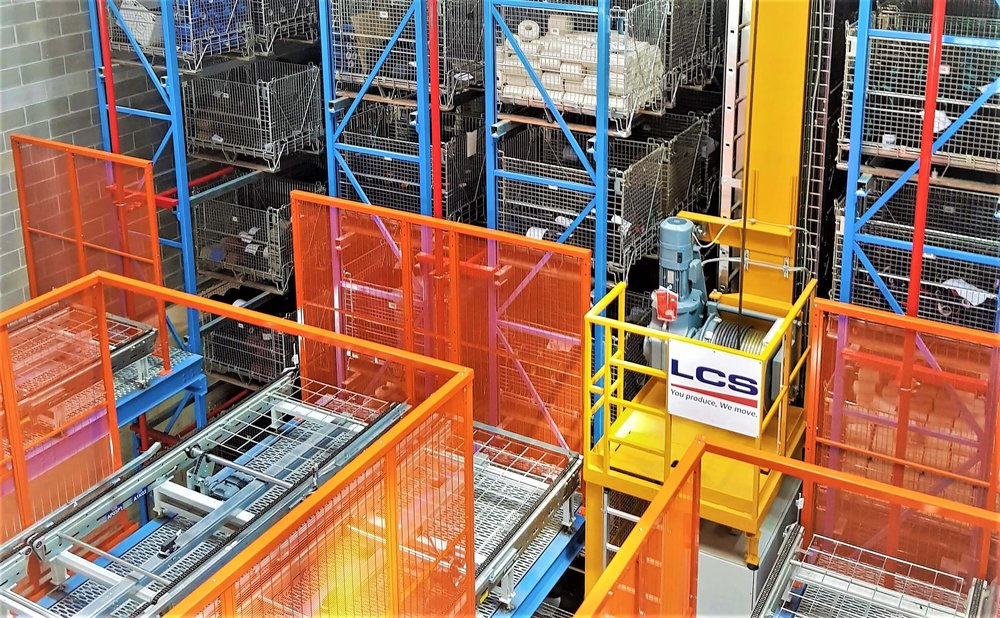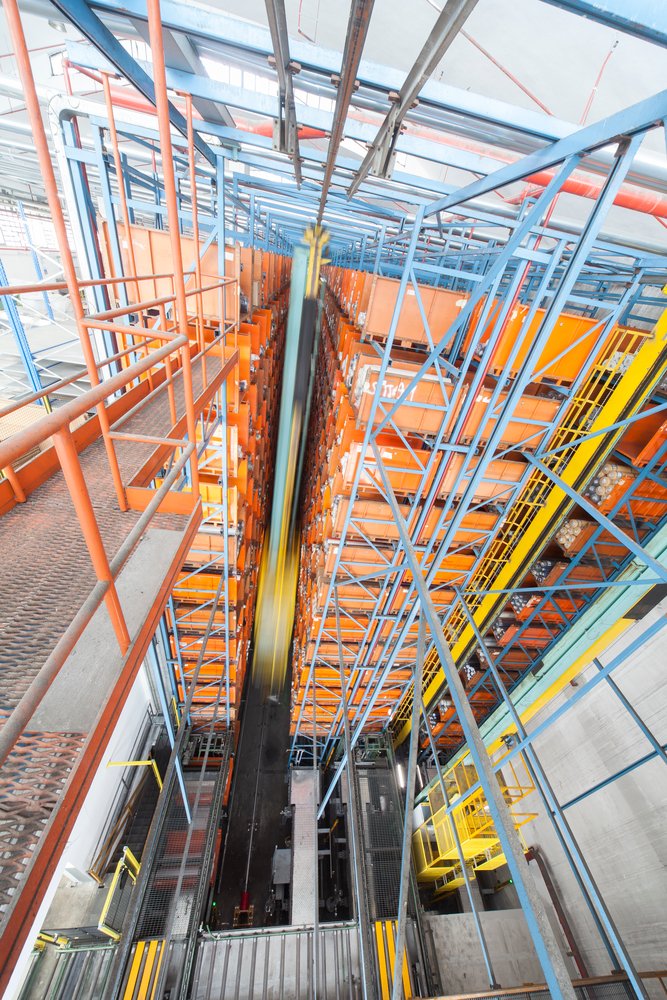Technological upgrades performed on machinery in the context of the Industry 4.0 plan are classified as Revamping 4.0. These are a series of activities aimed at extending the life cycle of equipment or facilities in the production process. Interconnection is, along with automation, assembly line and mechanization, the most important aspect, which can ensure flexibility and efficiency by meeting the needs of the market.

The benefits of revamping
Revamping promotes industrial automation and ensures many other benefits, starting with the fact that it is not necessary to replace machinery, but simply modernize it. When industrial facilities undergo revamping and refurbishment, there is an opportunity to extend their life cycle in the context of the production process-all of which translates into substantial savings.
It is not superfluous to point out that these infrastructure modernization operations have a lower cost than purchasing new ones. Revamping ensures greater energy savings and, in addition, increases production capacity on the part of the company, as well as raising safety standards.
It is automation, however, that is the most important of the benefits of revamping in Industry 4.0, as it decreases manual activities and simplifies work-a goal that is made possible through interconnection 4.0, which is the main reference activity for revamping.

Revamping and interconnection 4.0 with enterprise machinery
Interconnection is the main aspect of revamping 4.0. It involves interconnecting machinery with management and other machinery, but also with the local area network or other elements that make up the infrastructure. That is, interconnection consists of hardware and software integration with the plant that is being used, in order to improve the old with the new. This enables, precisely, the efficient automation of work order and warehouse management.
However, it is not necessarily the case that this type of activity has to be performed only on older systems; on the contrary, it is also possible to proceed on newer systems. It is clear that the older the non-4.0 industrial systems are, the more complications one may run into.
In some cases, retrofitting is required in order to integrate functionality that did not previously exist. Thanks to interconnection 4.0, it is possible, among other things, to perform remote command and control from an application or MES, so that the remote connection is guaranteed as a web application.
In contrast, revamping 4.0 does not involve system integration, which is made up of a series of activities aimed at integrating different elements, from management to infrastructure to machinery. An example of a system integration activity is the integration to a management system of a machine that is equipped with wi-fi modules. If, on the other hand, the wi-fi module is added to a plant that previously did not have it, this is a revamping activity. As can be seen, revamping modernizes and introduces new functionality.
Revamping 4.0: steps
There are four revamping phases that characterize the LCS work method:
- The first is that of plant analysis, the starting point for revamping: this operation is aimed at verifying the level of obsolescence of machinery and ascertaining, at the same time, the consistency between the level of safety and current regulations;
- When this analysis has been completed, the revamping project can be finalized, to be studied in such a way that the process of renovating and upgrading machinery never imposes a total shutdown of the plant;
- The third phase is the replacement of defective and/or obsolete components so that the plant can become safer and more efficient. Once the repair is finished, the time comes for the actual upgrading;
- This leads to the fourth phase, which involves implementing control interfaces, upgrading PLCs and integrating network modules. Thus, even older plants can be adapted to the needs of today’s production modes.
As can be seen, revamping 4.0 is not just about repairing components, but about deeper modernization from which full re-functionalization flows. LCS, for example, provides interconnection of machinery with factory information systems, ensures an intuitive and simple human-machine interface, and ensures full compliance of interventions with occupational hygiene, health and safety standards. Integration with the factory’s logistics system, with other machinery that make up the production cycle and with the fully automated supply network is also proposed.
LCS and Revamping 4.0
Revamping 4.0 helps keep production and maintenance costs down, while at the same time increasing production flexibility and limiting investment. Do you think this is the ideal solution for your company? Discover LCS’s revamping solutions: contact us for more information.



